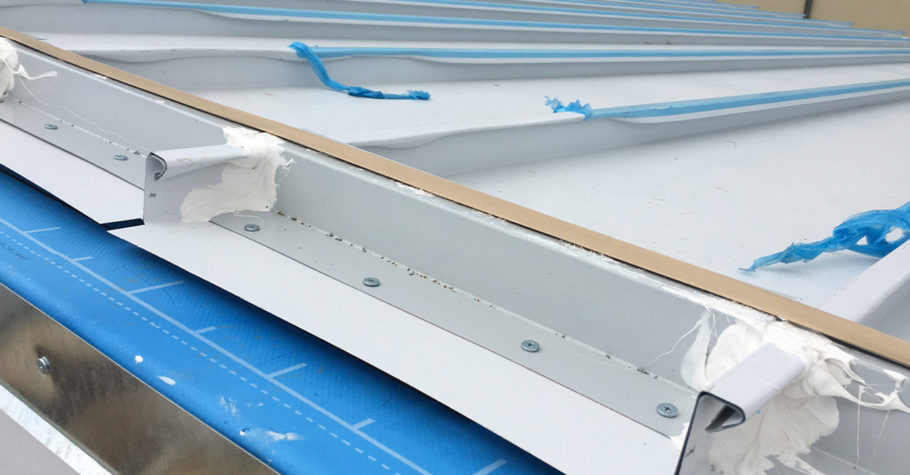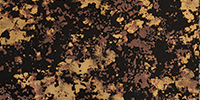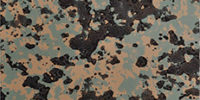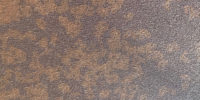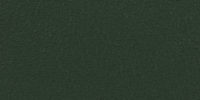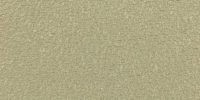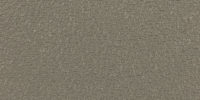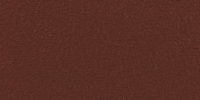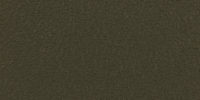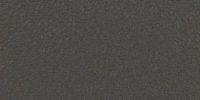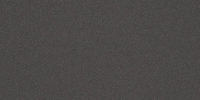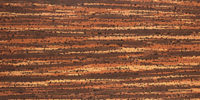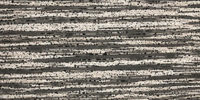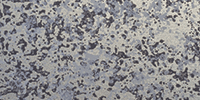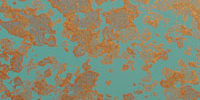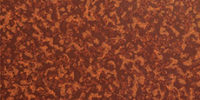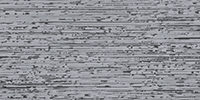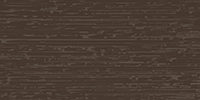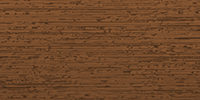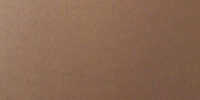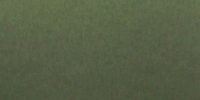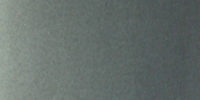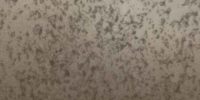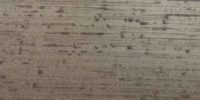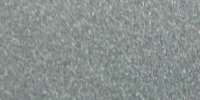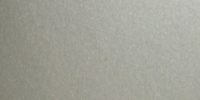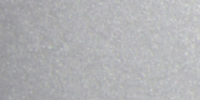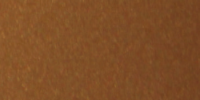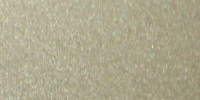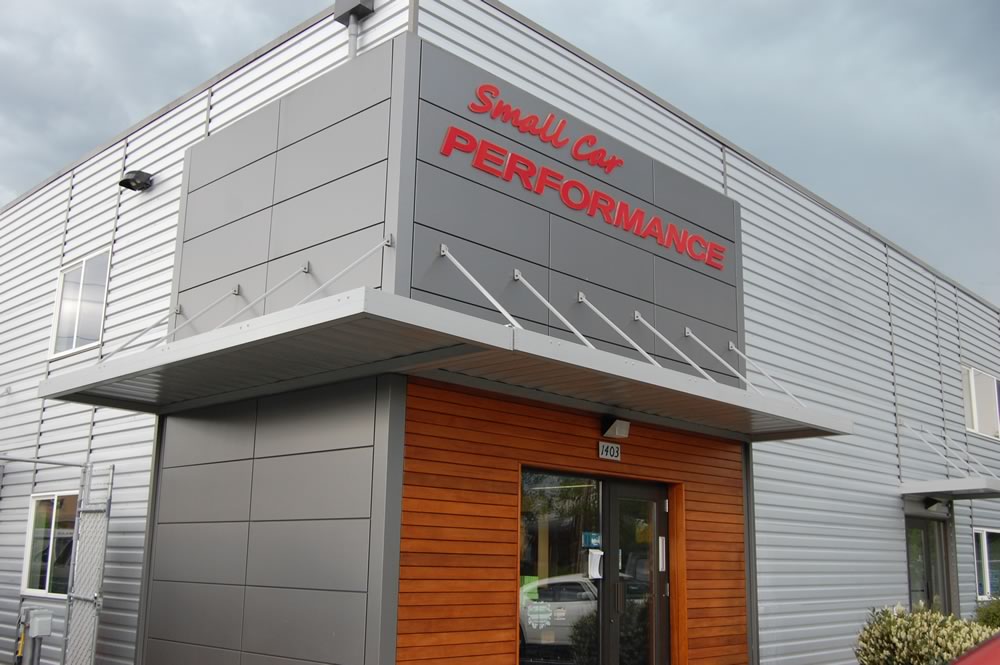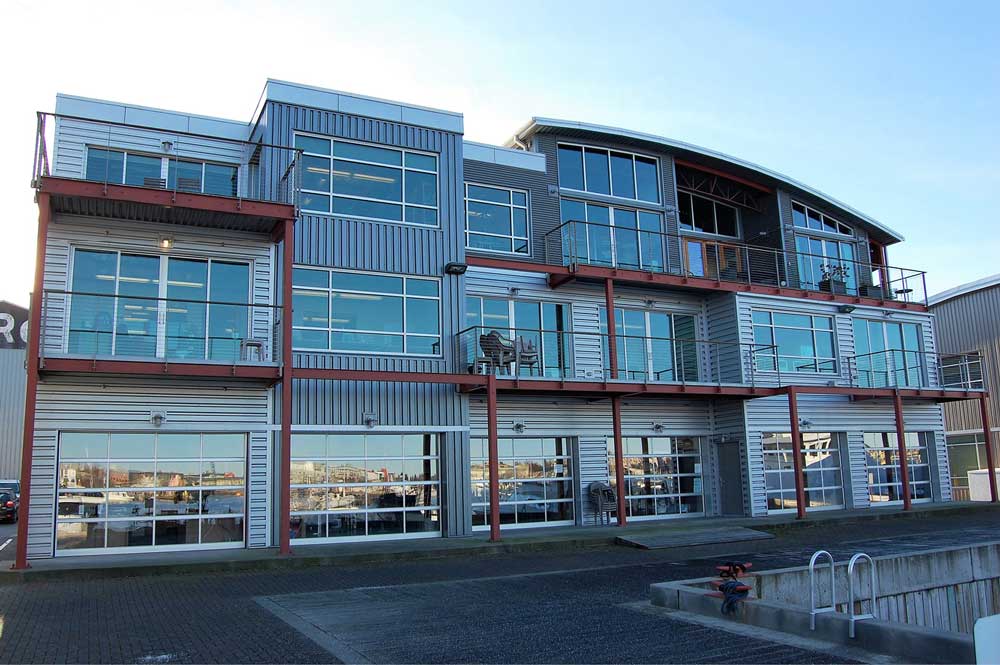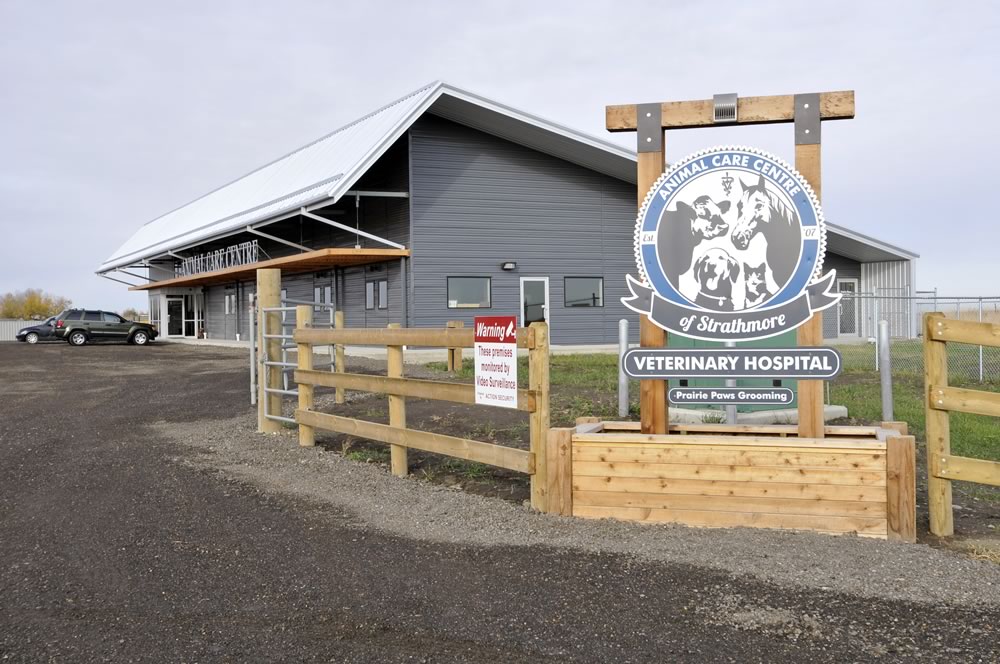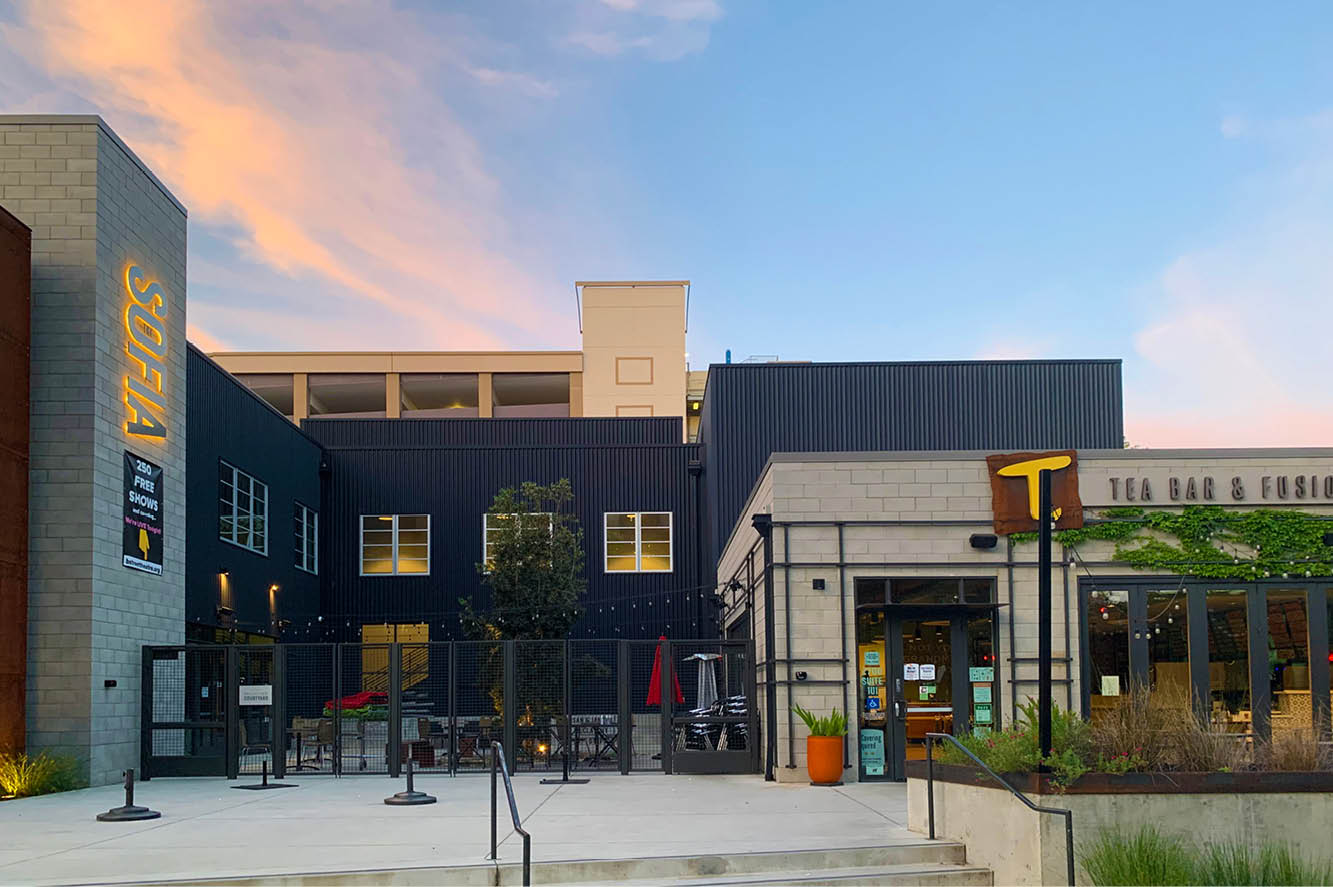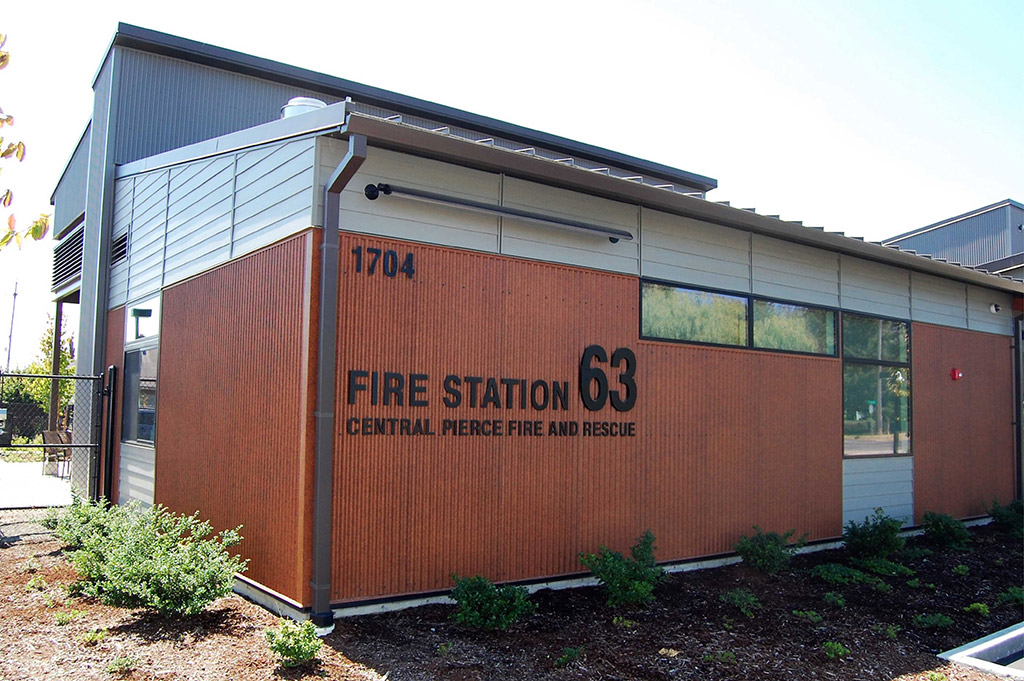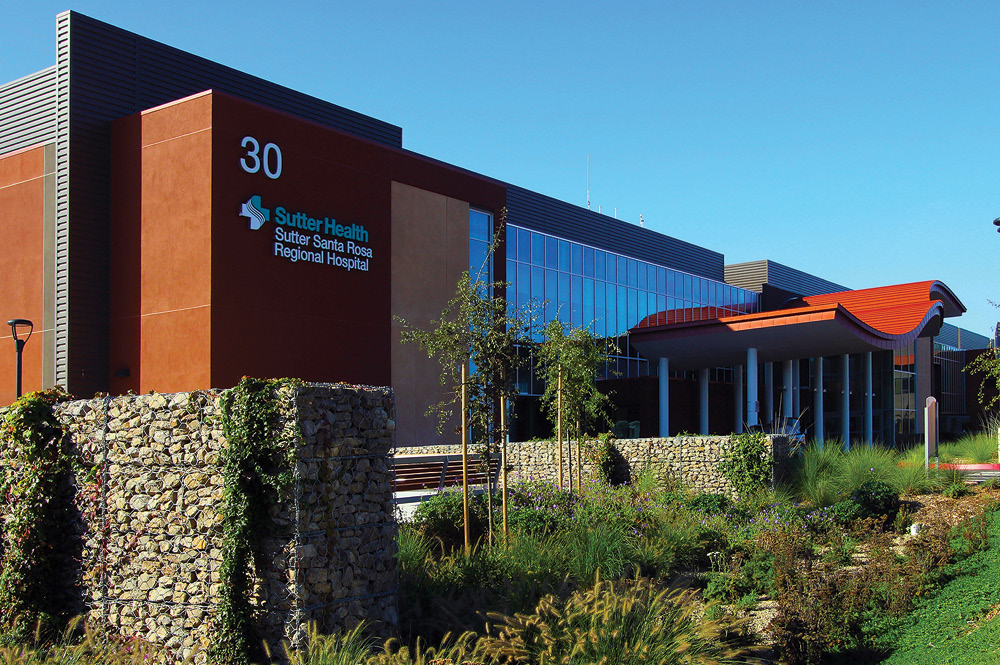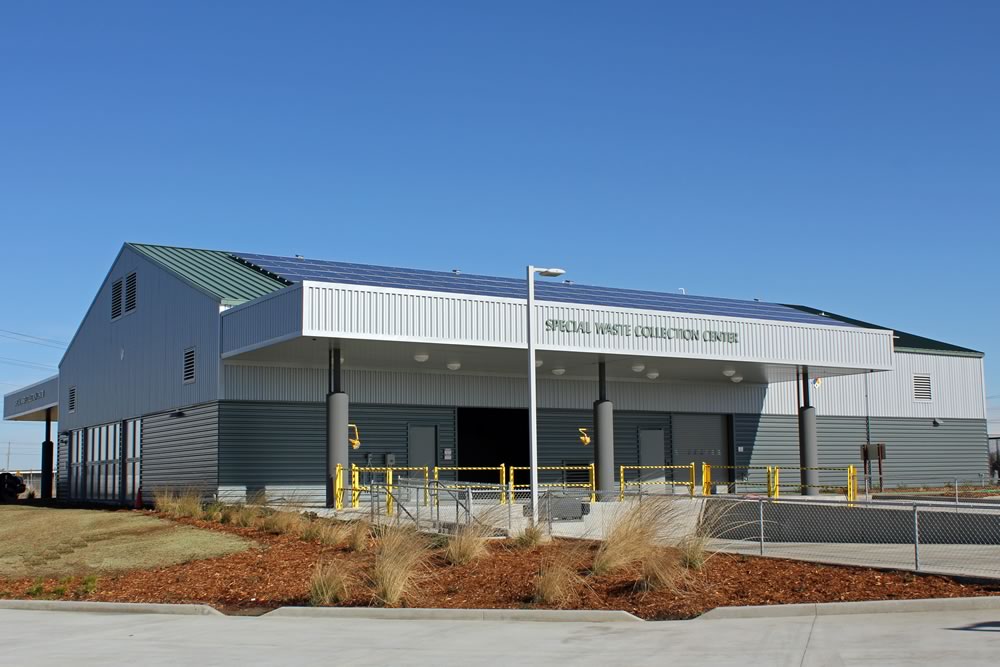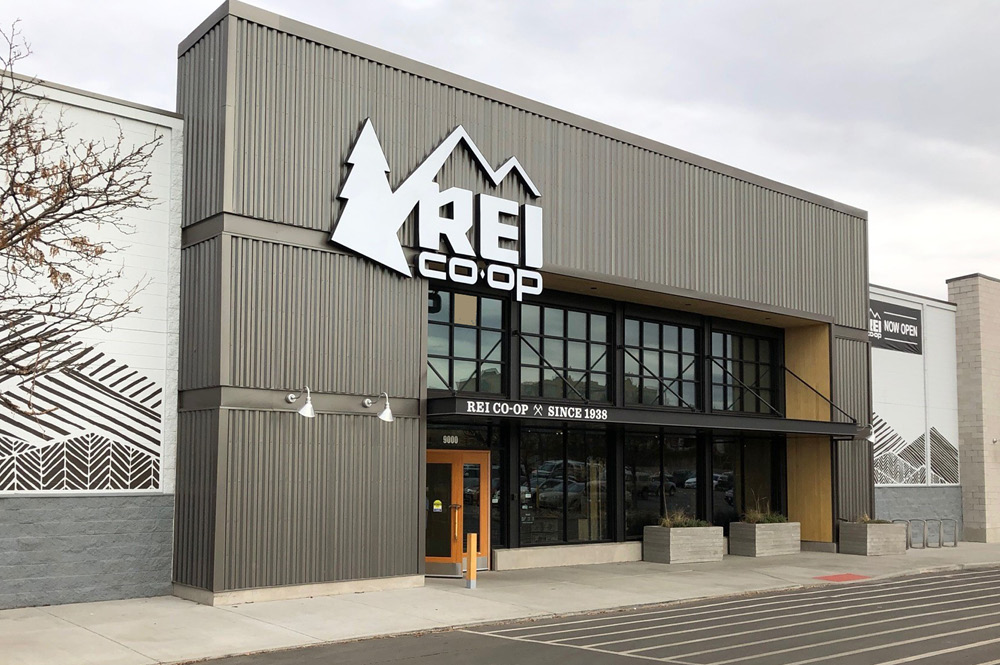Metal Roof and Siding Sealants
AEP Span’s Technical Services Manager Jeff Haddock breaks down the different types of sealants and why they are used in metal roof and siding applications. Here are the recommended sealants:
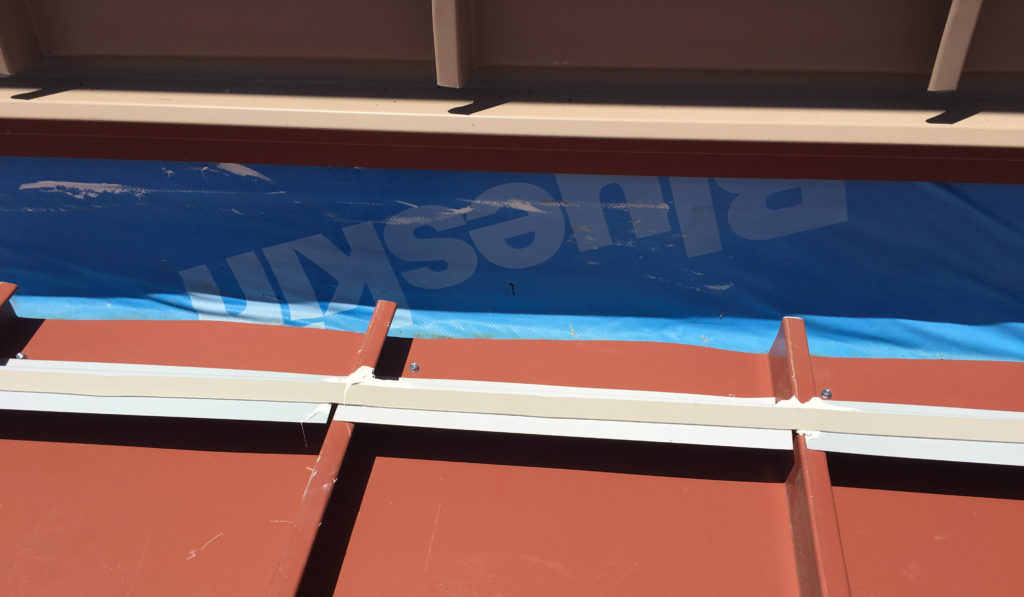
Non-skinning/Non-curing Butyl Sealants – These types of sealants are used purposely in metal roofing and siding applications because panel joints and laps create a very thin space between the materials that are subject to continual dynamic movements which will subject the sealant to shear force. Only a non-skinning, non-curing sealant can perform under such extreme conditions as these types of sealant will never cure or harden over the life of the roof or siding. Butyl sealants should only be used where dynamic movement of the material will take place due to thermal expansion and contraction and are not subjected to exposure to Ultraviolet light. UV light will break down these types of sealants overtime making them impractical in exposed applications.
Extruded Butyl Tape – These types of sealants are used in a similar fashion to Non-skinning/Non-Curing sealants as butyl tape will never cure or harden over its lifetime. Butyl tapes main use is for high infiltration areas such as under the joggle cleat at the eave or valley condition or in areas where a continuous aggressive bead of sealant is recommended such as used to seal the top and bottom of the zee closures on a ridge or peak condition.
Butyl tape is also recommended at the side lap condition of thru-fastened or corrugated profiles due to the fact that gun grade sealants are impractical and messy to apply in a thick continuous bead. Like Non-skinning/Non-curing sealants, Butyl tape should never be used in applications that are subjected to UV exposure. UV light will break down the sealant over time. Varying sizes of butyl tape are available on the market. Please consult the installation guide or representative for appropriate size recommendations.
Curing Sealants – This group of sealants fall into two categories, Urethane and Siliconized. These types of sealants require a specific mass of material, cures relatively hard, and can potentially fail when subjected to shear and dynamic forces. AEP Span recommends urethane and siliconized sealant only for non-moving joinery and perimeter seals that are exposed to sunlight and require a curing UV resistant sealant. Siliconized sealants should be used in the same manner as a Urethane but are available in a wide array of colors. This is beneficial if white or grey urethane is not desirable for project aesthetics. It should be noted that although these sealants are recommended for use on roof and wall products their use should be limited, as most of metal details utilize concealed gun grade Non-skinning/Non-curing butyl sealants or butyl tape sealants.
As with any sealant, adhesion to a particular surface should be verified with the product manufacturer and or panel manufacturer to ensure the sealant is “fit-for-purpose” for the application and adhesion won’t be impacted.
Jeff Haddock – Technical Services Manager, AEP Span
jhaddock@aepspan.com
To learn more about this organization please click the button below!
Did you find this article helpful?


